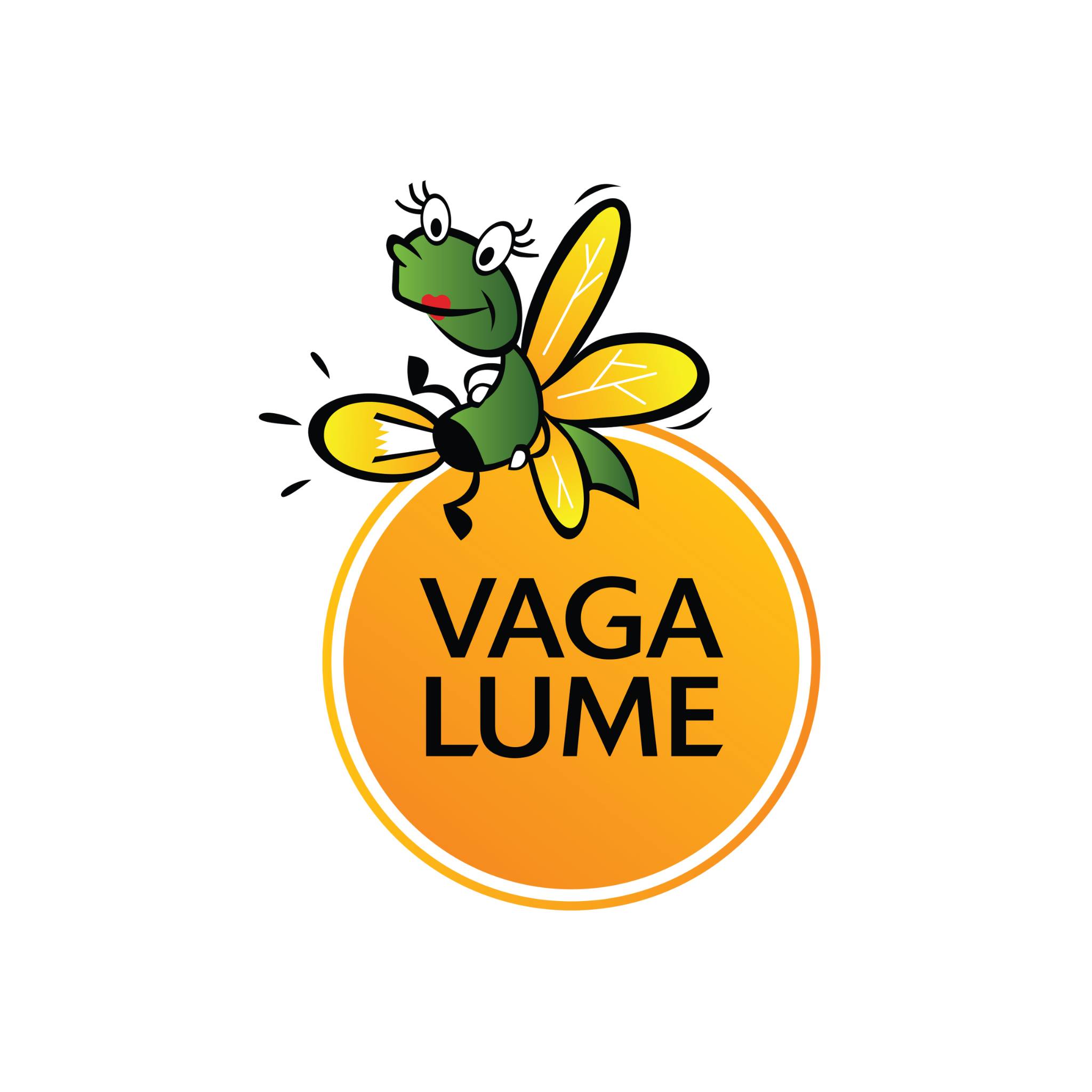With sign language interpreters, Bienal do Livro reinforces inclusion
This year's edition featured sign language interpreters throughout the official program. Another highlight was the books in braille


The 27th Bienal Internacional do Livro de São Paulo (“São Paulo International Book Biennial”, in English) came to an end last Sunday (15), attracting 722,000 visitors over the 10-day event. This number represents a 9.39% increase compared to the 2022 edition, making it the largest in the last 10 years. This year’s event also stood out for promoting diversity, improving access to books, and strengthening national literature.
The growth in attendance was particularly significant among younger audiences. According to data from the Secretaria Municipal de Turismo (SMTur) (‘Municipal Tourism Secretariat – SMTur”), through the Observatório do Turismo e Eventos da SPTuris (“Tourism and Events Observatory of SPTuris”), the age group of 18 to 25 years accounted for 43.3% of visitors, while those aged 25 to 29 made up 18.6%. We, at Lupa do Bem, also visited the fair and gathered some highlights. Check it out!
Occupying spaces with sign language and braille
All sessions of the official program featured simultaneous translation in Libras – Língua Brasileira de Sinais (“Brazilian Sign Language – Libras”, in English), attracting people with hearing disabilities to various lectures. “Before, there weren’t many deaf individuals participating, but this year, with the interpreters, we had a great turnout from the community”, reported Jéssica, a Libras interpreter for the event.
“I hope that in two years, many more deaf people will come, because now they know they can communicate”, she added.
Interpreter Alan emphasized that the translation in Libras allows people with hearing disabilities to occupy these spaces. “Sometimes, they pass by and don’t see themselves there, which makes participation difficult. This year, schools for the deaf visited the Biennial, and some students were able to interact with authors, which was a very interesting experience”, he said.
Writer Maurício de Sousa used the fair to launch O Grande Livro de Libras, which combines stories from the Turma da Mônica with sign language, encouraging learning and inclusion. The book also features Sueli, a nine-year-old deaf girl who communicates through signs.
The Mostarda publishing house, in partnership with the Dorina Nowill Foundation, reserved a space for books written in braille. One of the highlights was Meninas Sonhadoras, Mulheres Cientistas, by judge Flávia Martins de Carvalho, which celebrates the lives of 20 inspiring women through poetry.
For Flávia, books are an opportunity to see oneself in others. “It was designed to expand the imagination of girls and women, so they can see themselves occupying various roles in society”, she said.
She emphasized the importance of inclusion in spreading knowledge. “It’s not just about sharing information, but ensuring that everyone has access. The braille book makes me very happy, and it’s gratifying to know that my work is reaching people with visual disabilities”, she added.

Lucia Poletti, a representative of the Fundação Dorina Nowill, highlighted the growing interest in accessible books. “Some people say they don’t know any visually impaired readers, but our goal is to reach everyone, so that accessibility through books can be taken home”.
Patrícia Godoy, from the Instituto Olga Kos, a reference in the inclusion of people with disabilities, shared her excitement at seeing so many titles in braille. “Not long ago, this was unthinkable. Seeing someone able to choose what to read is truly moving”.
What’s it like to be an independent author in Brazil?
According to SMTur, over 600 national authors attended the Bienal. Notable names like Raphael Montes and Paola Aleksandra were among the top sellers for their publishers, but not all authors have the support of large companies in the industry.
Wesley Barbosa, author of seven books, including Viela Ensanguentada, his first novel that addresses themes such as anti-racism and ancestry, founded Barraca Editorial to support independent authors. “The idea is that, as both an author and a publisher, every book sold strengthens another author”, he explained.
He noted that being an independent author allows for closer connections with readers. “It was very gratifying to be here. Often, we see Black people only in support roles, like cleaning, but we also write and occupy this space”, he stated, mentioning that he needed to do a second print run of his novel during the event.
Anna Andrade, author of Em Diferentes Universos, shared that being an independent author in Brazil is challenging but rewarding. “We go through various processes because we have fewer resources than major publishers. However, this brings us closer to readers”.
Lectures
The lecture sessions were another highlight of this Bienal. The Education space, for example, hosted discussions on inclusion in schools, neuroeducation and autism. Colombia, the guest country for this edition, featured authors like Andrea Cote, Margarita García Robayo, Erna von der Walde and Gilmer Mesa.
Tatiana Filinto, who wrote A Misteriosa História do Ca.di.re.me, along with Giovanni Arceno and Vítor Soares, authors of O Porão, a game-book about the period of repression, spoke about the Brazilian military dictatorship through stories aimed at young readers.
In the discussion titled AfroFuturinho: por uma literatura infantil que fortaleça identidades (“AfroFuturinho: for a children’s literature that strengthens identities”, in English), the educator Ananda Luz and Henrique André, author of Afrofuturo: Ancestral do Amanhã, explored future perspectives using children’s literature.





